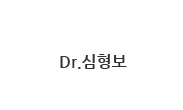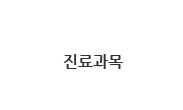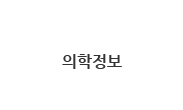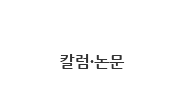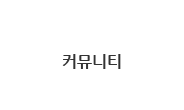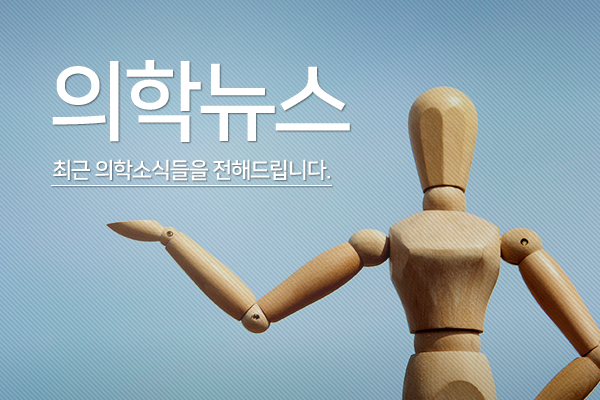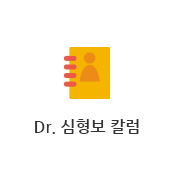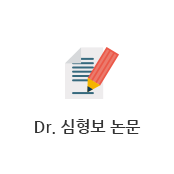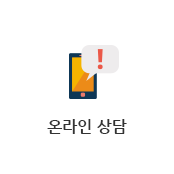| 제목 | 'Tummy Tuck' Relieved Postpartum Back Pain/Incontinence | |||||
|---|---|---|---|---|---|---|
| 조회수 | 3,244 | 등록일 | 2018-03-18 | |||
| 내용 |
MedPage Today | by Pam Harrison, Contributing Writer, MedPage Today Mar 12, 2018
Surgery > Plastic Surgery Abdominoplasty or a routine "tummy tuck" with rectus repair dramatically improved symptoms of back pain and urinary incontinence in a postpartum population, indicating that a cosmetic procedure can have functional benefits as well, a prospective, multicenter study showed. The mean body mass index (BMI) of the group was 26.3, and the mean number of normal vaginal deliveries was 1.5. The Oswestry Disability Index (ODI) was used to quantify low back pain while the International Consultation on Incontinence Questionnaire-Urinary Incontinence-Short Form (ICIQ) was used to assess the severity of incontinence. Most patients presented with both conditions, but some had just one or the other. The methods of abdominoplasty used by the nine surgeons involved in the study were varied and included radical abdominoplasty, high-lateral-tension abdominoplasty, high-oblique-tension abdominoplasty, Fleur-de-lis, and mini-abdominoplasty.
The mean amount of weight removed during the procedure was 1,222 grams; mean fat volume removed during liposuction was 795 ml; and the mean diastasis was 4.5 cm, measured at the widest point intraoperatively. (Diastasis recti is a common occurrence in multiparous women and is caused by repeated stretching of the abdominal wall by the gravid uterus, the researchers explained).
Prior to surgery, the mean score on the ODI was 10.9. Six weeks after surgery, the mean score on the same index was 3.97, while at 6 months the mean score was 1.58 (P<0.001 for both time points). Similarly, the mean score on the ICIQ prior to surgery was 6.22, while 6 weeks after surgery the mean score was 1.63 and at 6 months, it was 1.60 (P<0.001 for both time points). Importantly, the severity of urinary incontinence also significantly improved, the investigators noted. Prior to the procedure, over 42% of the women rated their incontinence as being "a significant concern." At 6 months postoperatively, just 1.8% of the women still rated their incontinence as significant: "Only a tiny number suffered a worsening of their symptoms, and even then, only minimally."
Speculating on why abdominoplasty improved symptoms of back pain, Taylor et al wrote that they assumed that the improvement came about following restoration of the prepartum condition with plication of the diastasis and removal of excessive skin and fat -- "As the anterior rectus distance is closed, function increases." This closure in turn restores certain muscles to their physiologic length, exerting tension on the lumbodorsal fascia and stabilizing the lumbar spine. "Abdominoplasty with rectus plication improves posture," the researchers added. As for improvement in urinary symptoms, it may be that abdominoplasty increases strength in the anterior abdominal wall, making it possible to more completely empty the bladder.
Limitations to the study, the team said, include the fact that patients served as their own controls and that there was no randomization to any of the procedures used, since the surgeons chose which procedure they felt was most suitable for each patient.
Asked for his perspective, Rod Rohrich, MD, founding chair of the Department of Plastic Surgery at the University of Texas Southwestern Medical Center in Dallas, who was not involved with the study, said that patients have been telling him for years that when he does a tummy tuck, their back pain gets better. "Of course we never tell patients that we are going to make their back pain better, but I have seen it very commonly, especially in women who've had multiple children." What happens, he explained, is that after a woman has children, especially multiple children, the muscles of the abdominal cavity widen and weaken. "So that changes your back structure, and when we do a tummy tuck, we always bring together the rectus abdominis muscles, and that helps strengthen the back and makes it straight. "What this study showed is that back pain did get significantly better with surgery, along with urinary incontinence, which is also very common with pregnancy," he continued. "So this is the first study to my knowledge that validates in a scientific fashion that you truly do get improvement in back pain and urinary incontinence with a tummy tuck."
출처 : American Society of Plastic Surgeons
|
|||||




